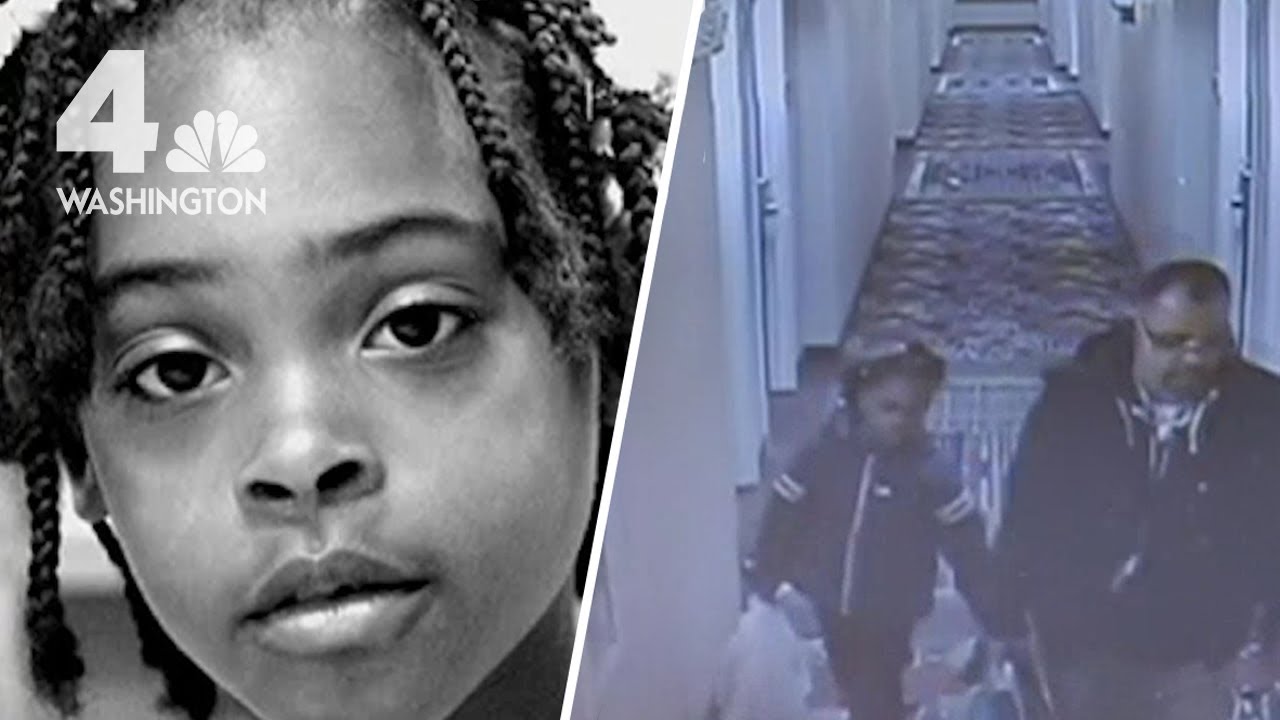In the annals of missing persons cases, few stories resonate with as much tragedy and mystery as that of Relisha Rudd. A young girl from Washington, D.C., whose disappearance in 2014 captivated the nation, Relisha’s story is a stark reminder of the vulnerabilities of children living on the fringes of society. Despite the passage of time, her case remains unresolved, leaving behind a trail of questions and anguish for those touched by her short life. In this article, we delve into the life, disappearance, and aftermath of Relisha Rudd, shedding light on a story that continues to haunt many.
Relisha Rudd was born on October 29, 2005, into a world fraught with hardship. Raised in the District of Columbia, she spent much of her childhood living in a homeless shelter with her family. Despite the challenges she faced, Relisha was described as a bright and spirited child, known for her infectious smile and playful demeanor. However, her life took a dark turn when she crossed paths with Kahlil Tatum, a janitor at the shelter where she lived.
Tatum, a convicted felon, befriended Relisha and her family, offering them gifts and attention in what appeared to be acts of kindness. However, behind this facade lurked a predator, whose intentions would ultimately lead to Relisha’s disappearance. In February 2014, Relisha was reported missing by her family, sparking a massive search effort that would grip the nation for weeks to come.
As details of Relisha’s disappearance emerged, so too did disturbing revelations about her relationship with Tatum. It was discovered that Tatum had taken Relisha from the shelter weeks earlier, claiming that she was his niece. Despite this alarming development, authorities failed to intervene, allowing Tatum to remain in contact with Relisha unchecked. The delay in responding to these red flags would prove to be a fatal mistake.
In the weeks following her disappearance, a grim picture began to emerge of Relisha’s life with Tatum. Surveillance footage captured the pair together in various locations around the city, raising concerns about Relisha’s safety and well-being. As the search intensified, so too did scrutiny of the systems and institutions that had failed to protect Relisha from harm.
One of the most glaring failures in Relisha’s case was the apparent lack of oversight by the authorities responsible for her welfare. Despite multiple interactions with social services and law enforcement, Relisha remained in Tatum’s custody, exposing her to untold dangers. Questions were raised about the effectiveness of child protective services and the adequacy of support provided to families living in poverty.
The case also highlighted broader issues of homelessness and housing insecurity, which disproportionately affect communities of color like Relisha’s. For many, Relisha’s disappearance served as a wake-up call to the systemic inequities that perpetuate cycles of poverty and vulnerability. It underscored the urgent need for comprehensive solutions to address the root causes of homelessness and provide support to families in crisis.
As weeks turned into months, hope of finding Relisha alive began to fade. In March 2014, Tatum’s body was discovered in a park, dead from an apparent suicide. Despite extensive searches and public appeals for information, Relisha remained missing, leaving her fate uncertain. The case took a devastating toll on Relisha’s family, who grappled with grief and frustration over the lack of closure.
In the years since Relisha’s disappearance, her case has continued to haunt the collective consciousness of Washington, D.C., and beyond. Efforts to find her have persisted, with periodic updates from law enforcement renewing hope for a breakthrough. However, as time has passed, the likelihood of a resolution grows increasingly slim, leaving many to wonder if the truth of what happened to Relisha will ever be known.
For those touched by Relisha’s story, her memory lives on as a reminder of the need to protect and advocate for vulnerable children everywhere. Her disappearance sparked conversations about child welfare reform and the importance of community support networks in preventing tragedies like hers from occurring. While Relisha may never be found, her legacy endures in the ongoing fight for justice and accountability.
Conclusion
The story of Relisha Rudd is a tragic tale of innocence lost and systems failed. Her disappearance exposed glaring flaws in the systems designed to protect children and highlighted the intersecting issues of poverty, homelessness, and racial inequity. As we reflect on her life and legacy, let us recommit ourselves to building a world where every child is valued, protected, and given the opportunity to thrive. Only then can we truly honor the memory of Relisha Rudd and others like her who have been failed by society’s institutions.
